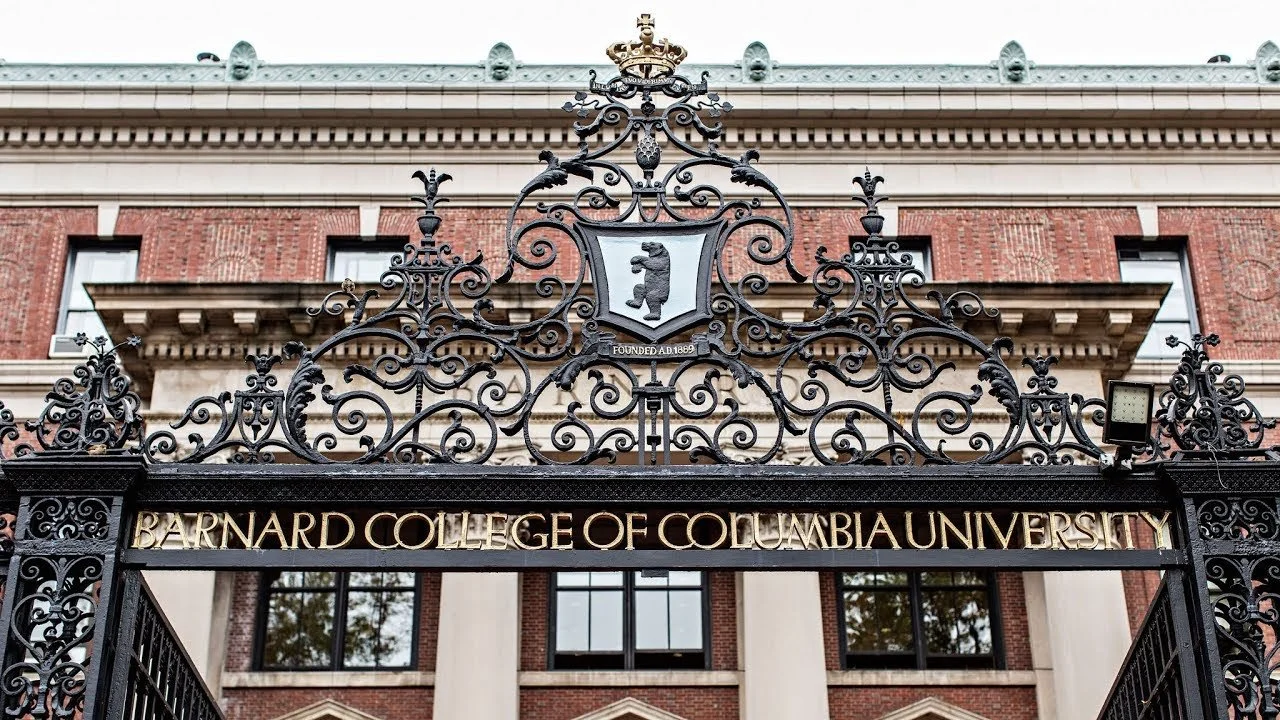All Demand is Local: Why Donors Remain Bullish on STEM Education
/One of the dominant narratives in higher ed philanthropy is that STEM education provides the best pathway to meaningful employment, which draws campus donors looking to make maximal impact.
But what if the narrative is wrong?
While recent reporting on investor Bill Miller’s $75 million gift to Johns Hopkins University’s philosophy program, I cited research from the Bureau of Labor Statistics and the National Center for Education Statistics, which found that the number of graduates with technical majors awarded in 2015-2016 generally outpaced projected job openings.
Michael Teitelbaum's book, titled Falling Behind? Boom, Bust and the Global Race for Scientific Talent corroborates these findings. Teitelbaum, a senior research associate in the Labor and Worklife Program at Harvard Law School, argues that corporate and political leaders have been sounding the alarm about a STEM shortage ever since the end of World War II. And every time they do, enrollments surge, generating too many graduates and not enough jobs.
Writing in The Conversation last month, Case Western Reserve University's Peter E. Knox argued that "There’s simply no evidence that the U.S. lacks the scientists or engineers it needs, as many donors claim."
Teitelbaum and Knox certainly make compelling arguments, but if the last few months are any indication, donors remain unpersuaded. Let's briefly look at three recent STEM-related gifts before looping back to the idea that donors are plugging a funding gap that may not actually exist.
First off, writing in the New York Times, Jonah Engel Bromwich reports that the Walt Disney Company said it would donate $1 million of the proceeds from the hit movie Black Panther to STEM programs at the Boys & Girls Clubs of America "in a nod to one of the movie's key themes: how technology can empower young people from marginalized communities."
"It’s fitting that we show our appreciation by helping advance STEM programs for youth, especially in underserved areas of the country, to give them the knowledge and tools to build the future they want," said Walt Disney Company CEO Robert A. Iger.
Considering the fact that Black Panther has generated close to $1 billion at the global box office, I’ll leave any grousing regarding the size of the donation to journalist Gene Debby, who called the amount "a rounding error."
Rather, I’ll underscore the larger takeaway at play, which is this: Since most STEM gifts, including those aiming to close the African American or Hispanic tech opportunity gap, flow to universities, Disney's $1 million, however meager, is, at the very least, symbolically important. (And who knows? Maybe they'll remedy the "rounding error" in coming months.)
Which brings me to news out of Green Bay, Wisconsin.
Richard Resch, CPO of international office furniture manufacturer KI, announced a $5 million gift to the University of Wisconsin’s Mechanical Engineering program. In addition, the Wisconsin Public Service Foundation announced a $1 million contribution to support STEM education at the school. The gift represented the largest donation made by the foundation in its 54-year history.
The combined funding will help the school ramp up its "shared vision for STEM" and "to quickly move the program from concept to reality, expediting the university’s ability to meet the region’s rising demand for engineering talent."
Last but not least, the University of Maryland Board of Regents voted on Friday to approve the construction of a new $50 million engineering facility. Roughly half of the cost will be paid by October's $219 million donation from the A. James and Alice B. Clark Foundation.
Commenting on the building, Carlo Colella, university administration and finance vice president, said, "We have a lot of activity in (the engineering) college and a lot of demand for space, especially contemporary space."
So to summarize: An ever-growing body of research suggests that there are too many STEM graduates and not enough jobs. At the same time, the Walt Disney Company, a Midwest manufacturing executive, and a funder committed to closing the STEM diversity gap are throwing millions behind a purportedly over-hyped skillset.
What gives?
First, consider the larger macroeconomic and philanthropic factors at play. With millions of dollars flowing to STEM programs all over the country, many donors don't want their beloved alma maters or neighboring universities to be left behind. They also recognize the need for rural areas and regions historically reliant on heavy manufacturing to embrace the "new economy" focused on science, technology and engineering. Areas struggling to spur growth often see salvation in these sectors and view universities as a key to getting the ball rolling, a vision that appeals to successful alumni with business backgrounds. Meanwhile, on a different front, a growing push for racial equity has focused more universities and funders on preparing students of color for STEM jobs, based on the belief that this is where some of the best employment opportunities lie.
But there's a lot of murkiness in the definition of STEM that key players in this story don't seem to grasp, leading to wishful thinking and misdirected campus gifts. While employers and lobbyists report a shortage in a relative handful of fields like data analytics, artificial intelligence, cloud computing, and computer security, placing these fields under the larger STEM umbrella overstates the level of demand.
"When it gets generalized to all of STEM, it’s misleading," said Michael Teitelbaum. "We're misleading a lot of young people."
To that end, Edward Lazowska, a professor of computer science at the University of Washington, analyzed the Bureau of Labor Statistics employment forecasts and concluded that in the decade ending in 2024, 73 percent of STEM job growth will be in computer occupations. Only 3 percent will be in the physical sciences and 3 percent in the life sciences.
And here, we arrive at a key point: The surging demand in computer occupations is very real, especially in certain parts of the country. And those donors who are helping universities meet that demand are definitely on the right track. This trend explains why Paul Allen has given millions to endow UW's Paul G. Allen School of Computer Science and Engineering.
"The enrollment demand is tremendous, the employment demand is tremendous," said Lazowska. "We're trying to double our enrollment, and we have no place to put the students and faculty."
Ultimately, donors' unrelenting focus on STEM education is a reminder of how often philanthropy is driven by local factors or the challenges of specific institutions. While there may be a glut of STEM graduates at the broadly defined macro-level, the employers and university administrators attuned to nuances of their respective ecosystems have concluded there’s a shortage.
In discussing big STEM gifts, Lazowska and representatives from the University and Green Bay and Maryland all dropped the critical “d" word: demand. That was good enough for donors.






































